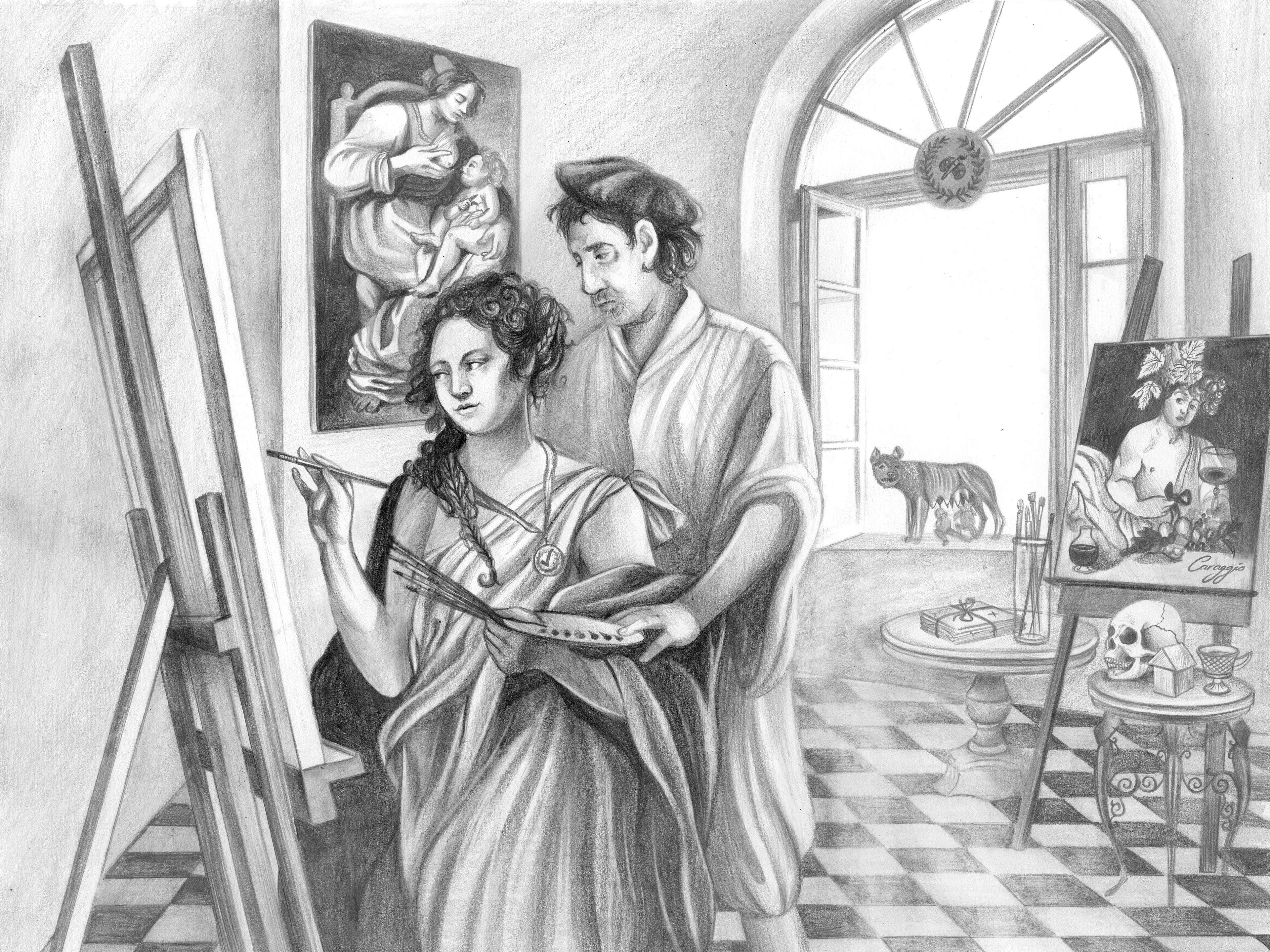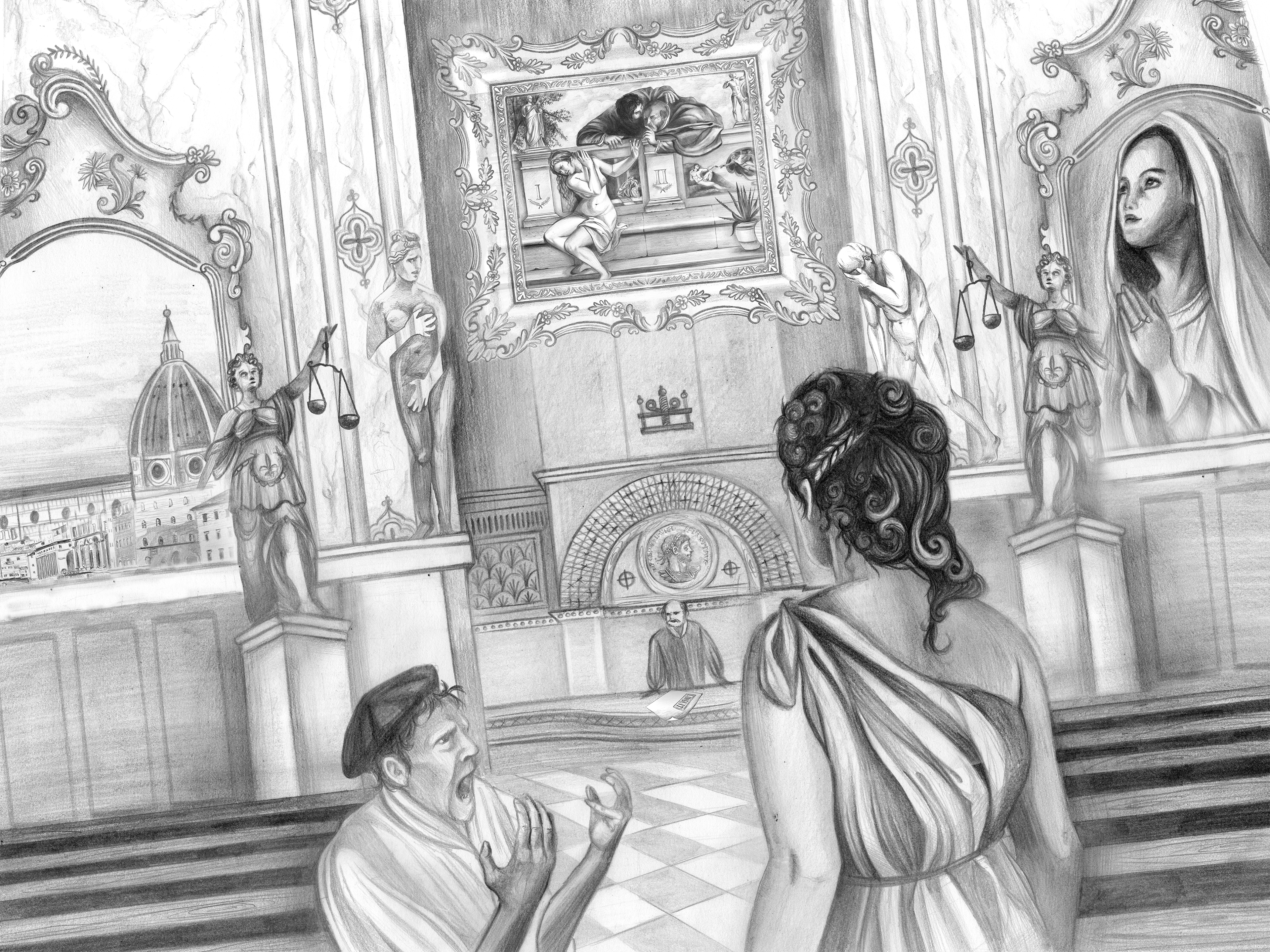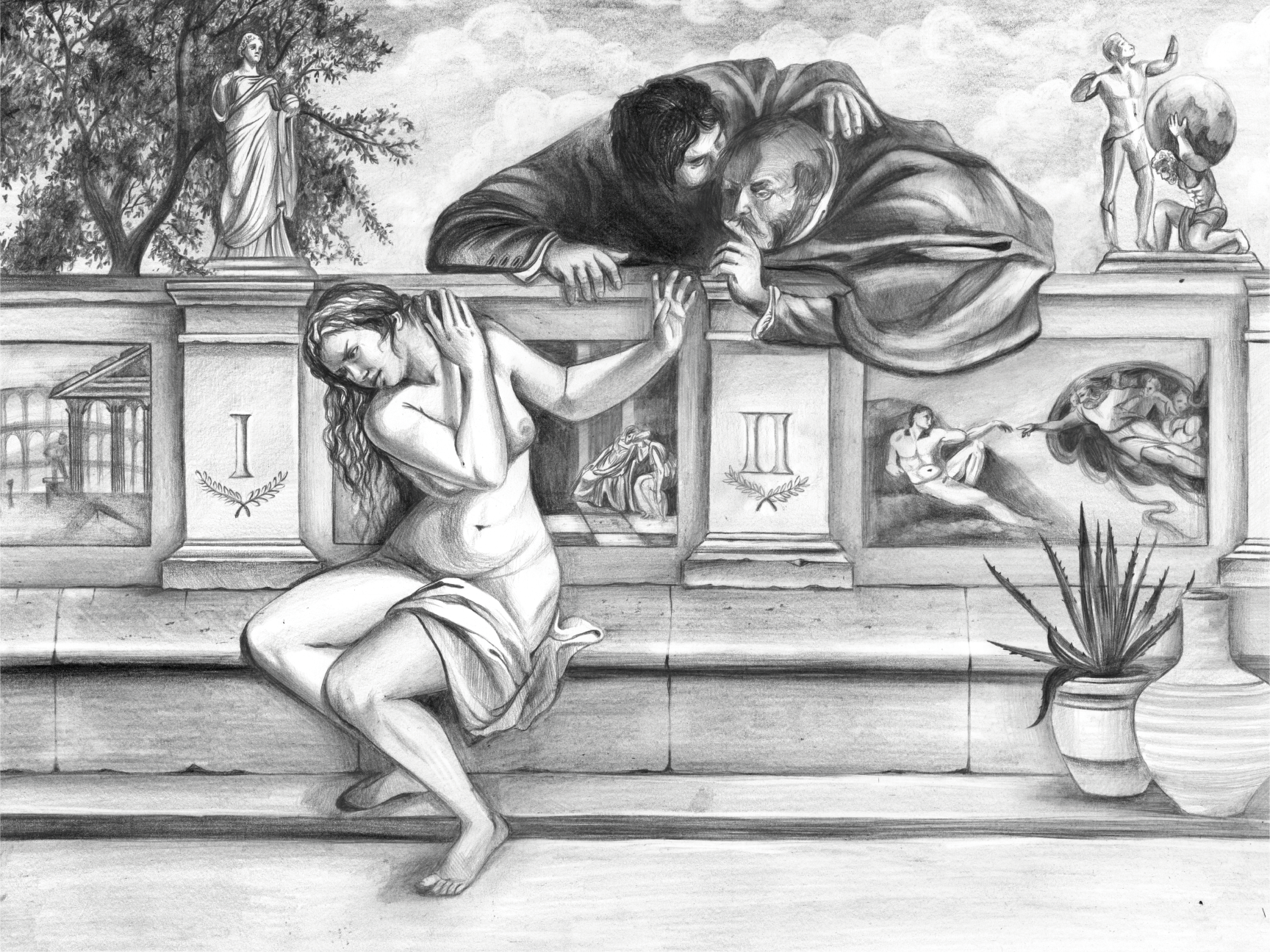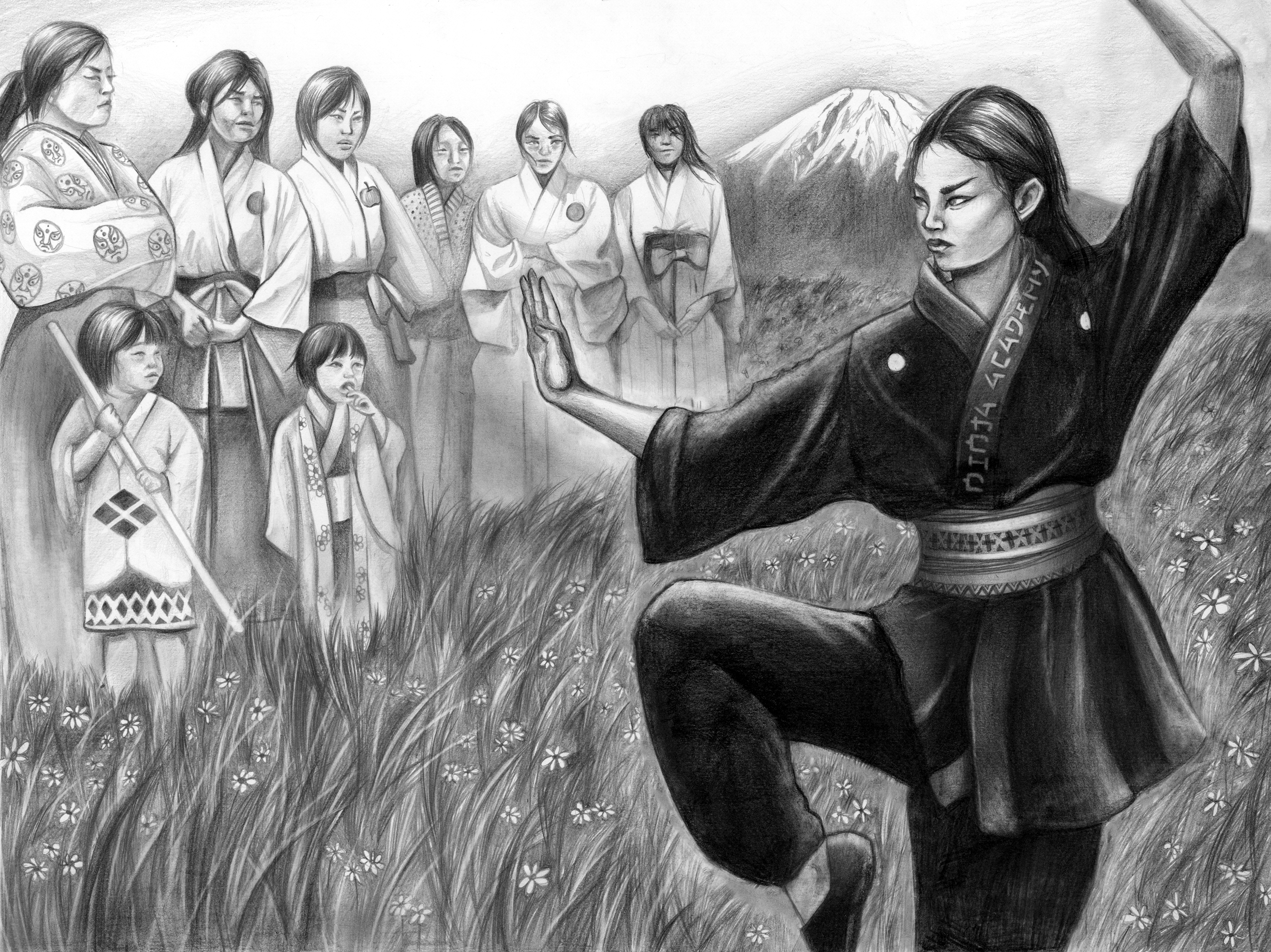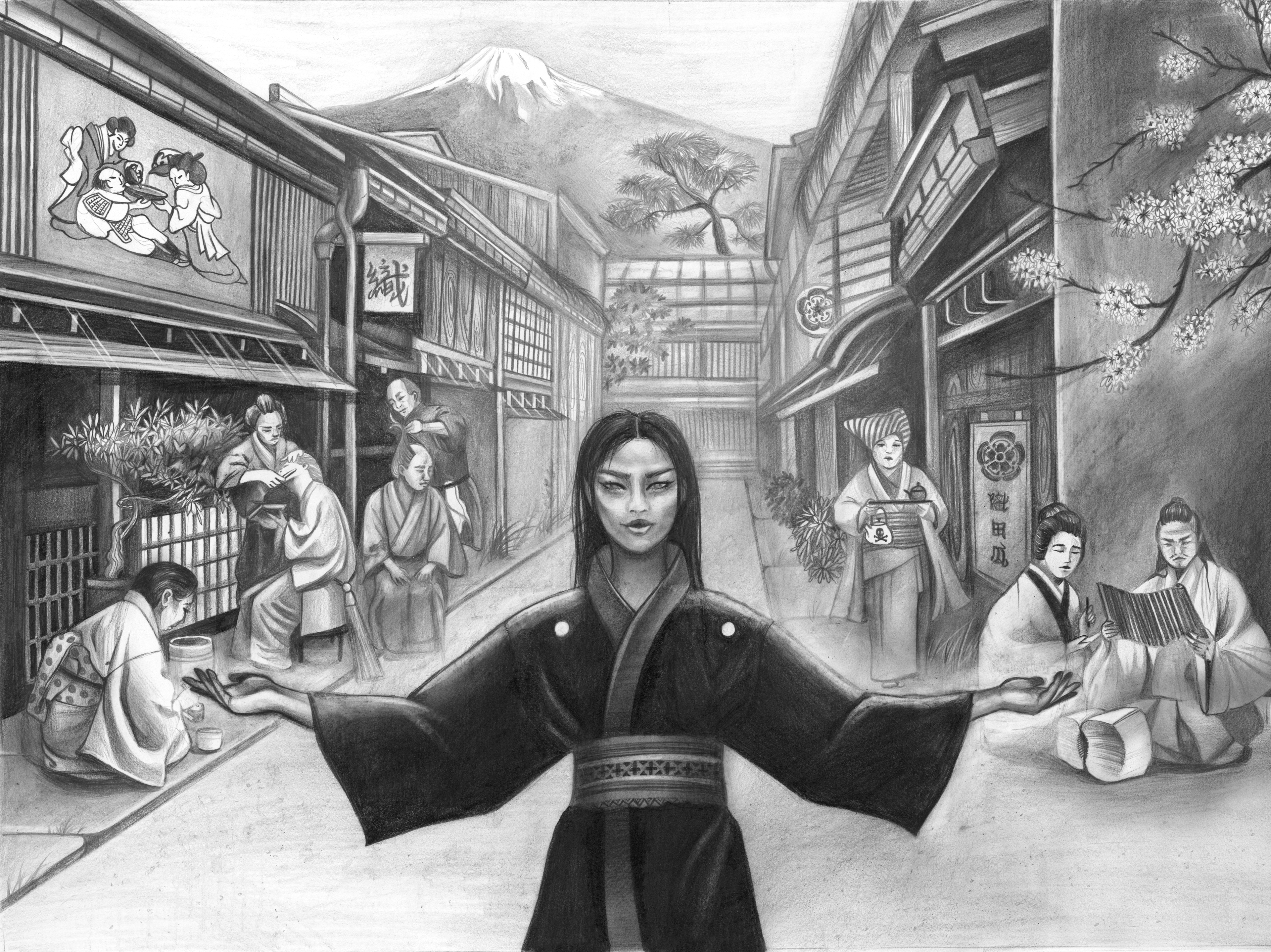My final project for the Visual Communication degree was a game for a tablet called Hall Of Femme, in which I offer an alternative way to represent women in the video game industry.
In the computer game industry many creators are men. thus, most of the game are tailored for the male audience, even though women make up about half of the gamers. When examining the female representations in the games, one can see that there are no female figures. And in cases where they do appear, they are often presented in a superficial, stereotypical, and sexist manner. Why this is the problem: While women are fighting to improve their status, at the same time there is an entire industry worth NIS 20 billion that puts them back. The effect of computer games is greater than other media, since the actor's exposure to images is repetitive, for a long period of time and a choice. If this is not enough, a significant proportion of the actors are children, whose agreements are not yet fixed, and therefore it is easy to influence their perceptions. These messages educate whole generations of actors and permeate society as a whole. Hence, designers, and the computer game industry in particular, have a tremendous responsibility for the messages they transmit with their images.
In Hall Of Femme, women take centre stage.
At the centre of each stage stands a woman.
At the centre of each stage stands a woman.
The images are of forgotten women. As you can see, we do not know who they are. These women who did not let society dictate what they could or could not do. The choice is for inspiring, groundbreaking women whose stories can serve as role models for the audience. Women are real and not fictional in order to encourage women to believe that their dreams are achievable. Diversity (state, period, and profession) is constantly being expanded in order to expand the range of identification and expansion of aspirations among actresses, since it is a phenomenon that crosses continents and periods. I created three figures for example:
1. Artemisia Gentileschi
2. Chiyome Muchizuki
3. Amelia Earhart
Each have three chapters: beginning, middle and end.
The game genre is Hidden Object, hidden object games are based on discovering the hidden, as the player reveals the figures of the women who hid from him.
In the game, we find the first sentence of her story, from which a word is emphasised. We must find in the painting the hidden object, when we discover it - we find the next sentence in the story and so on.
Between each chapter, there is transitional animation. And the length of each character is about 12 minutes on average.
The chose to illustrate the game in a realistic style, almost documentary. Which illustrates the fact that these women are real women who are customers from history. The style allows for more information about the period visually. - If difficult and feel needed help, there is a button to get a hint: it can be clicked and it will help.
Each chapter ends with a screen that lists what we can learn from the same character: When we return to the main menu, we will find a portrait of that woman.



